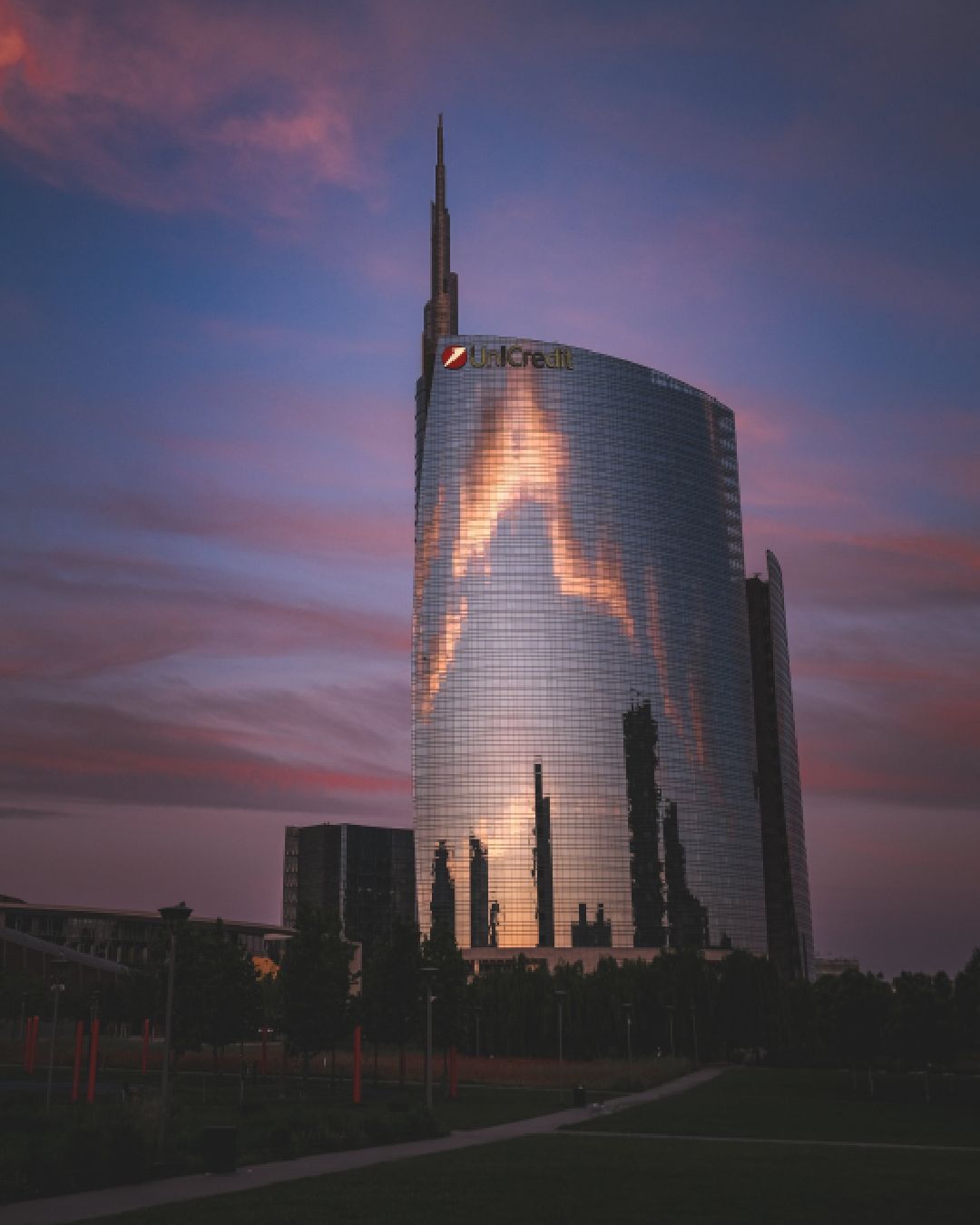
Why is the air in Milan so polluted? When even leaving the house on a sunny day becomes dangerous
The air in Milan is polluted. Employees recount during working hours, reminiscing about the time they got off the train a few kilometers from the sea for a weekend getaway, breathed in deeply, and felt rejuvenated. The phone confirms this, daily painting the map of the capital city in red, indicating a poor level on the EAQI (European Air Quality Index). Even stepping out of the house can now cause serious health damage, as reported by the reports of the Agenzia Amat (Agency for Mobility, Environment, and Territory of the Municipality). The concentrations of Particulate Matter PM10 these days are above the threshold of 50 micrograms per cubic meter: inhaling polluted air daily, medical experts explain, can reduce life expectancy by 2.9 years - compared to 2.2 years from tobacco smoking. Milanese people know that rain will soon improve the situation, but climate change is prolonging the wait times between one downpour and the next, thus worsening pollution levels: in March 2023, Milan was the third most polluted city in the world after Beijing and Tehran. Today, the municipality has lifted anti-smog measures, relying entirely on the rain that "should" come, but the problem will resurface as soon as the last drop falls.
Reasons for pollution in Milan
@telospiegasofia Qual è la qualità dell’aria nella tua città? #inquinamento #milano #greenscreen suono originale - Sofia Pasotto
While it's true that the news that Milan is the third most polluted city in the world was a case of infodemic, as explained by Wired, which represented an isolated event as a fact (IQAir's ranking changes daily), the data present an alarming situation. The Po Valley possesses one of the most contaminated areas in Europe, with the cities of Milan, Cremona, Lodi, and Monza exceeding the PM10 threshold for over two months a year. According to IqAir's analysis, half of the causes are attributed to heavy traffic in the area, responsible for the increase in fine particulate matter, but also to global warming, which affects the quantity of fine dust in the air. A poisonous cocktail for humans, as if that weren't enough, these two factors influence each other, further worsening the situation. Paradoxically, this is why Milan has been colder than some mountainous countries this winter: temperature inversion cools the air, bringing it down and "trapping" pollution below.
Lombardy's plans to solve the pollution problem
L’aria a Milano oggi irrespirabile pic.twitter.com/eBxdALR5NM
— gewurztearsminer (@giparring) March 9, 2023
Not just a problem concerning the planet, but a real health hazard for people, the high presence of atmospheric particles in the air is harmful to humans when exposed for long periods. European standards allow exceeding the PM10 limit for only 35 days a year to consider an environment "healthy", but Milan has far exceeded this limit for several years. Temporary measures are being implemented in Lombardy to counteract high smog levels: in addition to expanding traffic restrictions on weekends, the anti-smog regulation, updated in recent weeks, imposes a ban on outdoor burning and raising the heating of homes and commercial premises above 19 degrees. For two days, values have fallen below the threshold, so the measures have been lifted, in the hope that the arrival of rain and humidity will return Milan's air to at least acceptable pollution levels.















































